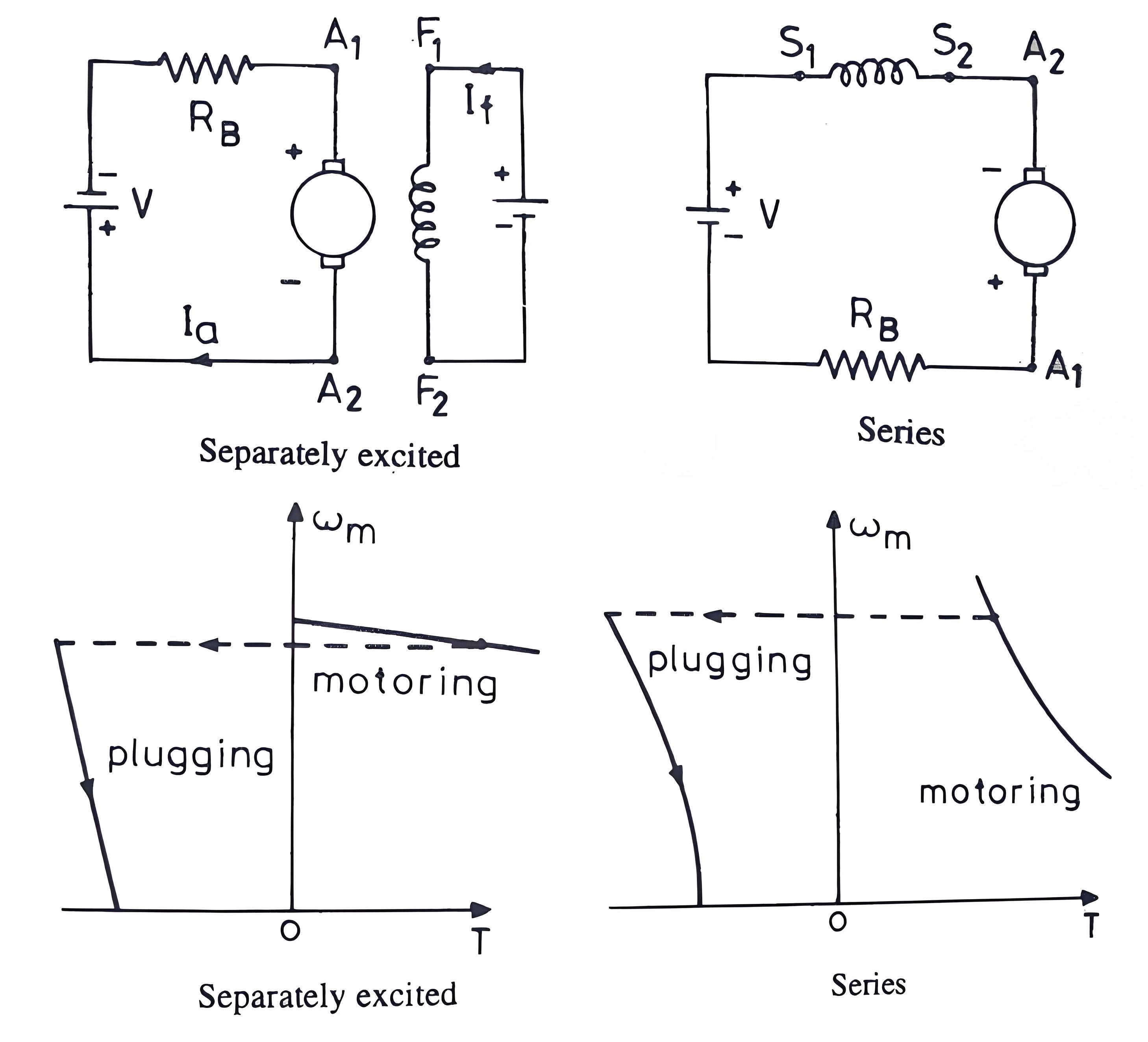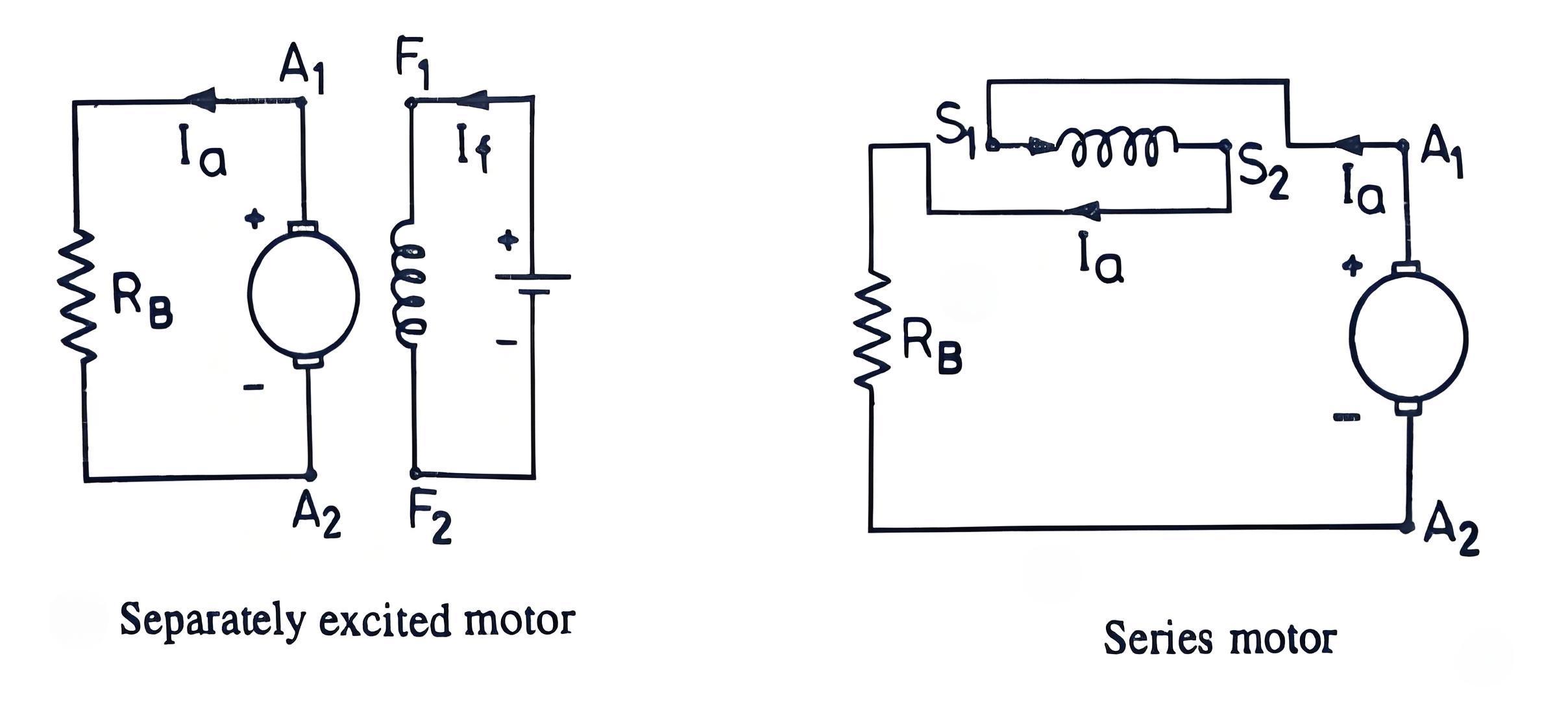What is Braking?
What is Braking?
Braking Definition
Braking is the process of reducing the speed of a rotating machine, either mechanically or electrically.
Types of Braking
Brakes are used to reduce or cease the speed of motors. We know that there are various types of motors available (DC motors, induction motors, synchronous motors, single phase motors etc.) and the specialty and properties of these motors are different from each other, hence this braking methods also differs from each other. But we can divide braking in to three parts mainly, which are applicable for almost every type of motors.
Regenerative Braking
Regenerative braking occurs when the motor speed exceeds synchronous speed. In this method, the motor acts as a generator, and the load supplies power to it. For regenerative braking to work, the rotor must spin faster than the synchronous speed, reversing current flow and torque direction to brake the motor. The main disadvantage is that running the motor at such high speeds can cause mechanical and electrical damage. However, regenerative braking can also work at lower speeds if a variable frequency source is available.
Plugging Type Braking

Plugging type braking reverses the supply terminals, causing the generator torque to reverse and resist the motor’s normal rotation, slowing it down. External resistance is added to the circuit to limit current flow. The main disadvantage of plugging is that it wastes power.
Dynamic Braking

Dynamic braking reverses the torque direction to slow the motor. In this method, the running motor is disconnected from its power source and connected to a resistor. The rotor keeps spinning due to inertia, making the motor act as a self-excited generator. This reverses current flow and torque. To maintain steady torque, resistances are gradually adjusted during braking.
The Electricity Encyclopedia is dedicated to accelerating the dissemination and application of electricity knowledge and adding impetus to the development and innovation of the electricity industry.













